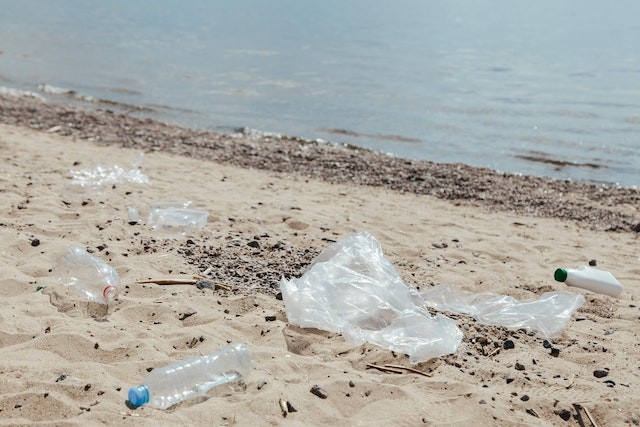
Climate change is a serious challenge. If nations don’t take appropriate actions now, it will be too late to mitigate its irreversible ecological impacts in the future.
Everyone has to do their bit for a sustainable tomorrow. Be it the issue of climate change or ecological imbalance, finding innovative eco system solutions is the key.
The UNGA (UN General Assembly) declared the decade 2021–2030 as the UN Decade on Ecosystem Restoration. The UN not only wants to prevent the ill effects of environmental degradation but also promotes nature-based solutions for sustainable global development.
In the subsequent paragraphs, we will take a look at the emerging trends in ongoing solutions for restoring the ecosystem.
1. Transform Land Use And Biomass

Most countries are now realizing the importance of biomass and land use. The developed countries of the north and developing countries of the south are implementing various measures for the judicious use of land and resources.
The idea is to develop alternative methods of food and fuel production, which are eco-friendly and in sync with the UN’s goal. It will also play a key role in alleviating the level of poverty around us.
2. The Concept of Green Infrastructure

The process of rapid urbanization has already started across the globe. Now, it’s time to pause, analyse, and understand the level of environmental degradation that is simultaneously taking place with it.
The governments and various stakeholders need to raise awareness of the people about green infrastructure.
Green infrastructure is all about creating greener pastures in urban areas by planting various trees and plants. It will mitigate the harmful effects of urbanization while allowing people to breathe fresh air.
It will also act as a stepping stone toward achieving the UN’s ecosystem restoration goal.
3. A Starvation-Free World

The continuous growth in the human population is putting undue pressure on agricultural produce. Unless appropriate measures are applied, rapid agricultural expansion and production can lead to environmental issues and loss of biodiversity.
The high production of agricultural products aided by the use of fertilizers and other chemicals can affect the soil’s fertility. It necessitates the need of finding sustainable methods of agricultural production to care for the environment and also ensures zero hunger by 2035.
4. The Challenge of Microplastic

Plastics continue to create environmental pollution worldwide and are a leading source of water pollution. Several aquatic animals and microorganisms die because of the contamination of the water with plastics and microplastics.
Water bodies can get badly affected by plastics unless checked. Plastic materials degrade to microplastic in a short time and can get quickly absorbed in water.
If even an iota of microplastic goes inside a human body, it can create serious health issues. It’s high time the governments removed the use of plastic and suggest an eco-friendly solution in this regard.
Instead of plastic, the government should promote eco-friendly solutions like water hyacinth bags, biodegradable materials, bioplastics, and jute as packaging materials.
Research organizations and intergovernmental development institutes need to create awareness among the common people about the harmful impacts of microplastics.
As society becomes more aware, the extent of plastic wastage will be reduced too.
5. Wildlife Protection And Forest Conservation

Several indigenous communities of the world depend upon forests and wildlife for their living. Sustainable development and ecosystem restoration will focus on conserving wildlife and forests.
The over-exploitation of wildlife can lead to serious environmental problems in the near future. Apart from the extinction of several vulnerable or endangered species of wildlife, it can give rise to sustainability issues too.
Governments need to frame appropriate wildlife policies with a sustainable approach. They shouldn’t shy away from taking help from indigenous people and integrating their traditional knowledge to find a balanced solution. It will help in balancing their sociocultural needs and economic factors.
In Conclusion
Maintaining ecological balance with sustainable development is a big challenge. But considering rapid environmental degradation, it’s time to act fast. Starting from the public, and the government, to the ecosystem restoration solution providers need to join hands and find a collective solution.
Any further delay can lead to a huge degradation of the environment and ecology. The impending threats of climate change can jeopardize the lives of billions of inhabitants of this planet. Only advanced innovative solutions can help us thwart the challenges of climate change.
Promoting healthy ecosystems among farmers, foresters, people at large, and various other stakeholders can help the government accomplish its dream of a sustainable economy by 2035.
![]()


Leave a Reply
You must be logged in to post a comment.